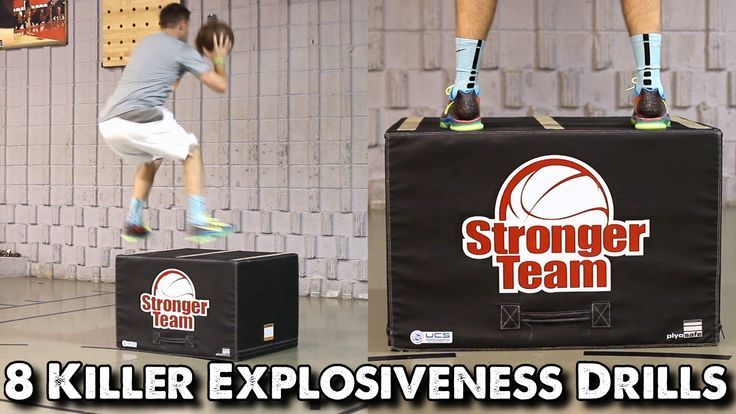Home »
Misc »
How to increase explosiveness for basketball
How to increase explosiveness for basketball
Basketball gym workouts: Exercises for explosive power
Think basketball, think explosive energy. But the athletes make it look graceful, easy even.
Dhruv Barman, once a top-ranked Indian in FIBA 3x3 format, and Arvind Krishna, who plays for the Hyderabad Ballers in India’s 3BL (3x3 Basketball League) have outlined a workout to get you faster, higher, stronger on the basketball court.
At 5’11, Dhruv has overcome the challenge of being “possibly the shortest guy” on every team he has played in. The 26-year-old from Delhi – who has studied kinesiology – believes his fitness and his ability to needle his opponents have given him the edge.
Arvind, meanwhile, is better known in southern India for his acting prowess. The Telugu actor, who started playing basketball as a student in the United States, rediscovered his love for the game two years ago when he participated in 3BL.
Their advice with basketball fitness: Keep it functional. Keep it explosive.
Plyometrics
Simply put, it is jump training or adding an explosive element to any exercise.![]() It helps in increasing muscle strength, endurance and power.
It helps in increasing muscle strength, endurance and power.
“Basketball is a fast-twitch sport,” says Dhruv. “Plyometric training is one of the best ways to get the fast-twitch muscles firing.”
Examples of this kind of training could be squat jumps, box jumps, single leg hops, scissor lunges or even plyo push-ups, all of which will help you become more explosive.
While Arvind has done his due on box jumps, he has started training more functionally for basketball by adding hurdle jumps to his training.
“In basketball, once you jump you are usually going to land on the same plane, unlike in box jumps,” says the 35-year-old. “Hurdle jumps are a more effective exercise, because you jump over something.” He uses variations like seated (starting in a sitting position) or lateral hurdle jumps to make it more challenging.
As measured by HomeCourt AI, Arvind’s standing vertical jump is an incredible 36 inches.
Sprint intervals
A basketball court measures 94 feet x 50 feet, which means you need short, intense bursts of speed.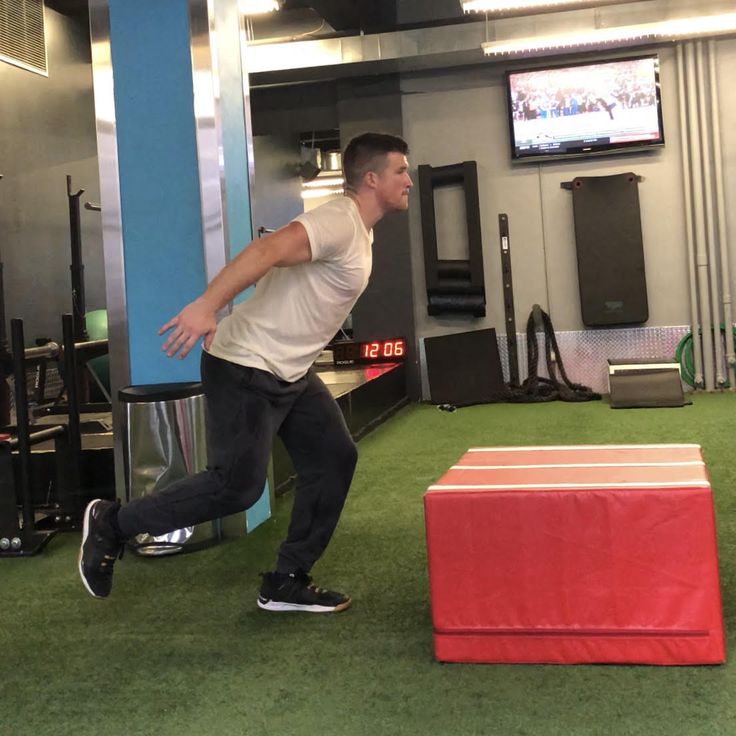 Not only do sprint intervals mimic this, but it also pushes your cardio training.
Not only do sprint intervals mimic this, but it also pushes your cardio training.
“I do sprint training two-three times a week,” says Dhruv. “I don’t aim for 100 metres, because I’m never going to run that much at one go on the court. Rather I run from one end of the court to the other and time myself. In 3x3, I have lesser recovery time, I just need to sprint, put my muscles on and off, because it’s so fast.”
To amp up interval training, Arvind says he adds jump training to sprint intervals.
“I do one set of lateral jumps, I do three jumps then I’ll do three sprints and repeat the process,” the he says. “On the court you are jumping after running a lot. You are not going to be totally fresh while jumping, so you need to simulate that for your muscles.”
Compound upper body exercises
Train for strength rather than size. Which means rather than bulking up your biceps with isolated curls, do compound upper body exercises that recruit more than one muscle. Best examples of these are push-ups, pull-ups, bench presses and rows.
Best examples of these are push-ups, pull-ups, bench presses and rows.
“A lot of people don’t realise that you use a lot of upper body – your shoulders especially – while jumping,” says Arvind. “It is important to strengthen it for that as well as to get past defenders.”
While Dhruv can bench press 105 kgs, he stayed in shape by doing a lot of bodyweight exercises and trained with TRX bands when he could not visit a gym. These exercises are efficient, can be done anywhere, and engage a lot of the core muscles.
“I do a lot of pike push-ups and pull-ups,” says Dhruv. “I usually do 100 of each during my upper body workouts with skipping in between every set.”
Squats and lunges
Oldie but a goodie. Squats and lunges are a staple of a solid workout regimen for a reason – they are still some of the best exercises to build lower body strength. They target the glutes and hamstrings – two of the biggest muscle groups in the body – that ultimately power the jumps. And they are adaptable for any fitness level.
And they are adaptable for any fitness level.
You can start with basic half-squat and split squat, then dial up the intensity by loading weights or make it more dynamic by powering up.
“In order to increase your vertical, you shouldn't be lifting heavy,” says Dhruv. “When I'm working on my jumps, say I'm squatting, I would take off 60% of my one rep max. I will go down slow and explode up. I do split squats and a lot of jump lunges for agility.
“It is very important to work on both legs individually. Performing single leg squat in your training sessions will help you get explosive strength in each leg so you can take off with either feet, rather than always having to jump off with both feet,” adds Dhruv.
There are a variety of lunges as well – front, back, side just to begin with – that focus on different muscles. The lateral lunge is a very functional move for basketball players, since it mirrors the movement while evading defenders.
90/90 hip openers
As important as muscle strength is, flexibility should not be ignored.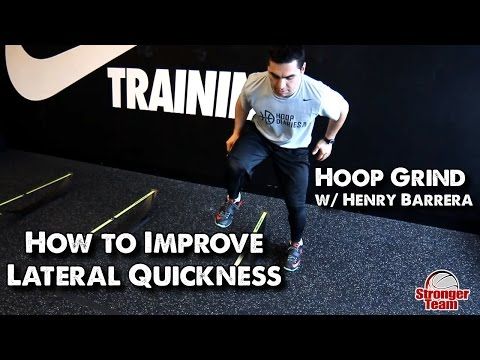 Basketball is an intense, high-impact game that can take a toll on the body.
Basketball is an intense, high-impact game that can take a toll on the body.
“I am 26 years old now,” says Dhruv. “I have realized that flexibility is very important to protect the joints and prevent muscles from stiffening.”
Even as the Delhi-based player practices yoga regularly and begins his day with Surya Namaskar (sun salutation), one of his go-to exercises is the 90/90 hip opener. It not only improves hip mobility but takes away a lot of stress from the lower back.
“Any workout you do should have muscle strength as well as endurance,” says Arvind. “Make sure there are no imbalances, and the body is proportional. You can avoid a lot of injuries by doing that.”
Explosive Workouts for Basketball - 7 Best Explosive Exercises
Basketball is a sport predicated on explosive power.
Whether you’re a guard looking to blow by your defender or a forward looking to become more reactive on the glass, there’s no facet of the game in which more speed and bounce won’t benefit you.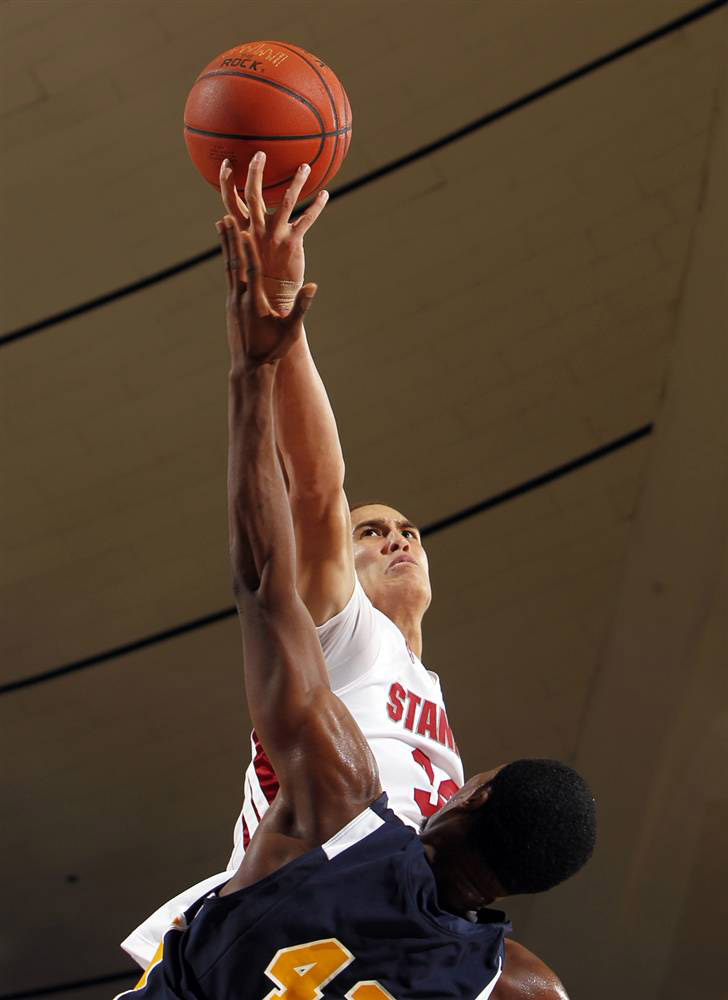
Basketball athletes are some of the most explosive power athletes on the planet.
Of course, some athletes are just naturally gifted when it comes to explosive ability, and others are… well, let’s just say that they better have their fundamentals down if they want to be competitive.
If you’re closer to the latter category than the former, don’t fret: in this article, we’ll be going over some of the best exercises you can incorporate into your explosive workouts to help you become a more dynamic player on the court.
There’s no guarantee that you’ll become the next Zion Williamson, but with dedicated training (as well as proper rest and nutrition), it is very much possible to develop a quicker first step and a higher vertical leap. And if you’re already athletic, why not stretch out that gap between your and your peers just a little bit more?
But first, let’s define explosive power
The fundamentals of jumping higher and running faster for basketball are actually quite simple.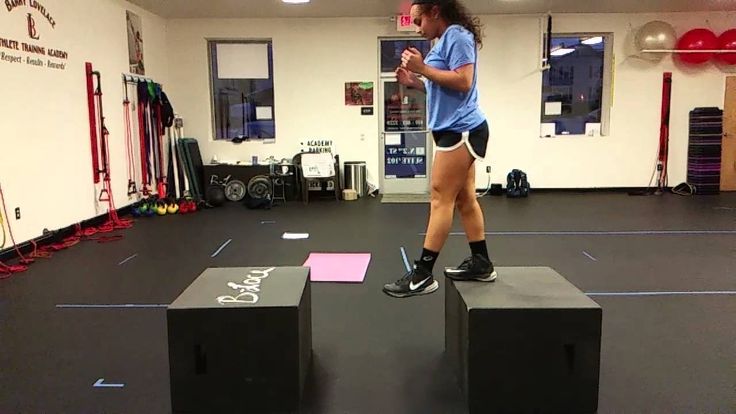
A basketball player driving towards the rim. An explosive first step is crucial for any guard hoping to beat their defender off the dribble.
Power, as a concept in physics, is defined as force multiplied by velocity. Translated to the realm of sports performance, power comes down to the amount of force you can produce with your leg muscles (i.e. strength) and the speed in which they can produce that force.
The first component of that equation can be improved through strength training (e.g. squats and deadlifts), while the second can be improved through plyometric training (i.e. exercises that combine eccentric loading and quick concentric execution).
The takeaway is simple: improve both components of the power equation and you’ll become a more explosive athlete.
So without further ado, here are 7 of the best explosive workout exercises for a basketball player.
7 Exercises to Build Explosive Power
Trap bar deadliftThe trap bar deadlift is the holy grail of power training — at least according to speed coach Ryan Flaherty, whose resume includes working with top NFL prospects, tennis superstar Serena Williams, and US Olympic track and field athletes.
During his years of training elite power athletes, Flaherty found that a metric derived by dividing an athlete’s one-rep max trap bar deadlift by their bodyweight (which he calls the “Force Number”) almost perfectly predicted explosive ability as measured through vertical leap or 40-yard dash time.
Unlike a conventional deadlift, in which the higher starting position of the hips generally results in more posterior chain activation, the more squat-like starting position of the trap bar deadlift results in maximal recruitment of all your leg muscles. It’s the end-all-be-all for lower body strength — a single movement to quantify the amount of force your legs can produce. This doesn’t mean you should neglect your squats, but if you’re looking to zone in on one lift during your explosive workouts, make it the trap bar deadlift.
To perform it, set your feet roughly shoulder width apart in the middle of the trap bar. Then, reach down and grab the handles while keeping your spine neutral and hinging at both the hips and knees; this should naturally drop you into the optimal starting position. Finally, brace your core and perform the lift, focusing on maintaining a neutral spine and pushing your legs into the ground rather than pulling with your arms.
Finally, brace your core and perform the lift, focusing on maintaining a neutral spine and pushing your legs into the ground rather than pulling with your arms.
If you’re new to programming for strength training, check out our article on how to incorporate the trap bar deadlift into your explosive workouts.
Box squat Assuming that traditional squats are already a part of your workout regimen, the box squat is a variation that can be added to increase carry-over into explosive power on the court.
The box squat is exactly what it sounds like: a box is placed at around the level of depth you would normally squat to, allowing you to come to a dead stop before performing the concentric portion of the lift.
When performing this exercise, make sure to avoid the common mistake of allowing yourself to simply “sit” on the box; despite receiving support at the bottom of the squat, it’s important to still focus on maintaining core tightness and tension throughout the whole lift.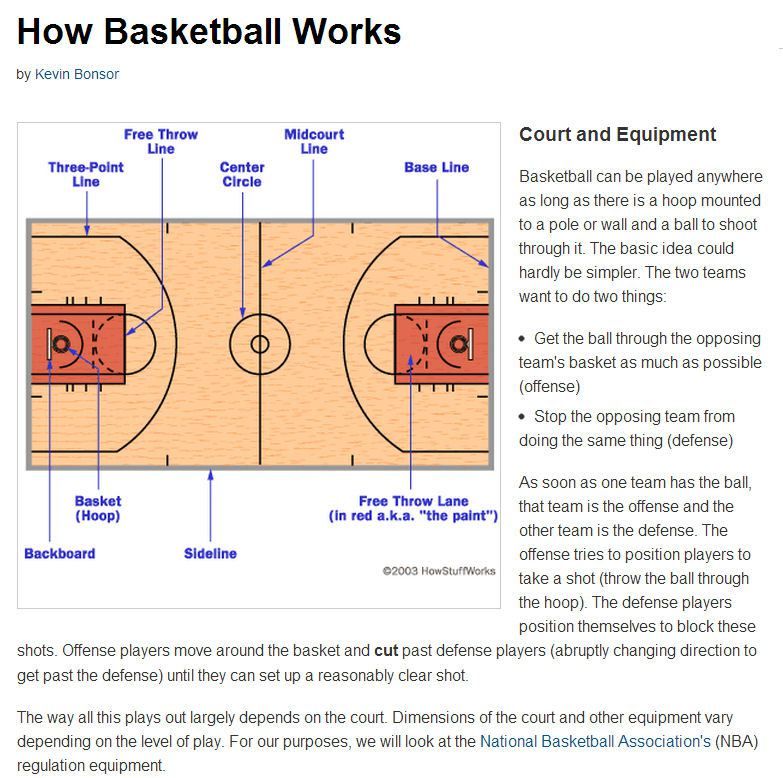
The box squat can be utilized in two different ways to build power. The first is to overload the weight way past your typical squat capacity, thereby allowing you to train your legs for maximal force output.
The second is as a tool to train speed in the concentric portion of the squat. By taking away the work necessary to resist the force pushing you down during the eccentric, you can instead focus your attention on pushing yourself up from the box as explosively as possible. This will effectively work on both aspects of the power equation (force x velocity) we talked about earlier.
If you want even more carry over to the court, you might want to consider setting the box to about quarter squat depth — or about the height to which you’d usually load up your legs before taking off for a two-footed jump. At this height, you can incorporate both heavy weights and a focus on an explosive concentric.
Bulgarian split squatAs a basketball player, you likely have a dominant leg when it comes to one-legged take-offs for layups or dunks. Over time, this can lead to imbalances in leg strength, which is problematic if you’re trying to improve your jumping ability off of two feet.
Over time, this can lead to imbalances in leg strength, which is problematic if you’re trying to improve your jumping ability off of two feet.
That’s where the Bulgarian split squat comes in handy. In addition to placing extra emphasis on your glutes compared to a traditional squat (a key source of power generation), the unilateral nature of this squat variation helps iron out muscle imbalances between your legs.
To perform it, set one foot elevated on a bench with your knee touching the floor. Place the other leg forward at a knee joint angle slightly greater than 90 degrees. Grab your dumbbells, brace your core and push up, focusing on driving your hips forward (rather than straight up or backwards) while maintaining an upright, neutral spine.
Power cleanThe power clean is a staple of every athlete’s explosive workout program, and for good reason: it’s the ultimate combination of both strength and speed, mimicking the “triple extension” (i.e. extension in the ankles, legs and hips) that’s seen in a power movement like the vertical jump.
The setup is similar to a conventional deadlift, but instead of merely pulling the bar to your hips, the power clean is a dynamic movement in which you’ll have to explosively lift the weight all the way up to a racked position on the front of your shoulders.
The power clean is a very technical lift that should be properly coached and only attempted if you already have a significant strength base in the squat and deadlift.
If you do, refer to our in-depth article on how to perform the power clean.
Kettlebell swingThe kettlebell swing is a fantastic exercise for developing power in the hip extension, a crucial component of any explosive workout.
When done right, a kettlebell swing trains your hips to a) absorb the force of the kettlebell as it comes crashing down on the eccentric portion of the movement and b) powerfully convert that force in the other direction on the concentric portion of the movement.
To perform it, place your feet slightly wider than shoulder width apart on both sides of the kettlebell. Sink your hips back while keeping your spine neutral and your shoulders in line with the kettlebell. Grab the kettlebell and swing it forward; make sure to focus on driving the movement with your hips rather than your arms.
Sink your hips back while keeping your spine neutral and your shoulders in line with the kettlebell. Grab the kettlebell and swing it forward; make sure to focus on driving the movement with your hips rather than your arms.
Depth jumpDeveloped by Soviet track and field coach Yuri Berkhoshansky in the late 1960’s, the depth jump is a fundamental plyometric exercise that every power athlete should be doing.
It involves simply stepping off an elevated platform and jumping as quickly as you can upon impact.
In doing so, you’re training your muscles to absorb force in the eccentric loading phase of the movement (i.e. when you land on the ground) before powerfully converting that energy into a concentric contraction (i.e. when you jump). The period in between the eccentric and concentric phase of the movement is known as the “amortization phase”, or the stretch-shortening cycle. The depth jump trains you to reduce the length of the amortization phase, thus translating to more explosive power on the court.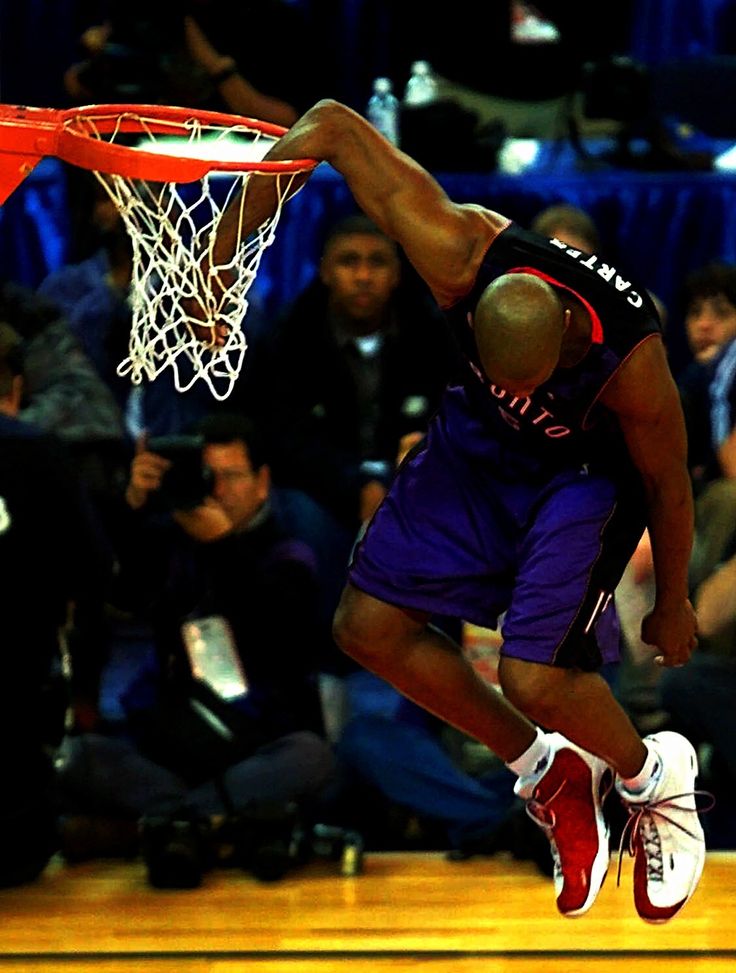
Seated box jumpThe seated box jump is a variation of the box jump that involves taking off from a seated, rather than standing, position.
This eliminates the eccentric loading phase typical of a normal box jump, thereby training rate of force development during the concentric portion of the jump.
Because the point of emphasis for this exercise is concentric explosion, make sure you don’t commit the common mistake of swaying and slightly lifting the feet off the ground prior to jumping; this incorporates the eccentric portion of the jump, defeating the purpose of the drill.
Programming Explosive Workouts for Basketball
There are many approaches for programming explosive workouts for basketball, with no one-glove-fits-all solution.
Some coaches preach the mantra that an athlete needs to be able to squat at least 1.5x their bodyweight before beginning plyometrics, but others think it’s overkill, especially if you start out small (e.g. a very low box height for depth jumps).
Some coaches like to block out their programs into strength and plyometric phases, while others prefer combining both types of exercises into single workouts.
In recent years, the latter approach has gained quite a bit of traction due to interest in the idea of “post-activation potentiation” (PAP), a fancy way of noting that subjecting our muscles to maximal or near-maximal resistance appears to “prime” them to produce higher rates of force immediately after.
In practice, then, workouts that attempt to capitalize on PAP with the goal of improving power — usually known as “complex training” — involve combining heavy compound lifts with plyometric exercises in supersets (i.e. performing the plyometric right after with minimal rest). While the literature regarding the efficacy of complex training is still fairly small, there have been several studies suggesting that it is effective in producing long-term gains in power.
Using the exercises covered in this article, a sample workout could look as follows:
3 sets of:
- Trap-bar deadlift – 4 reps at 80% of 1RM
- 3 – 7 mins rest (the ideal interval according to this meta-analysis, although highly-trained athletes can get away with less)
- 5 reps of seated box jumps
3 sets of:
- Box squat – 5 reps at 70% of 1RM
- 3 – 7 mins rest
- 5 reps of depth jumps
3 sets of:
- Power clean – 6 reps at 50% 1RM
- 3 – 7 mins rest
- 8 reps of kettlebell swings
Complex training can induce high levels of fatigue, so make sure you limit these training sessions to once or twice a week, especially if you’re pushing the intensity on the conditioning compound lift.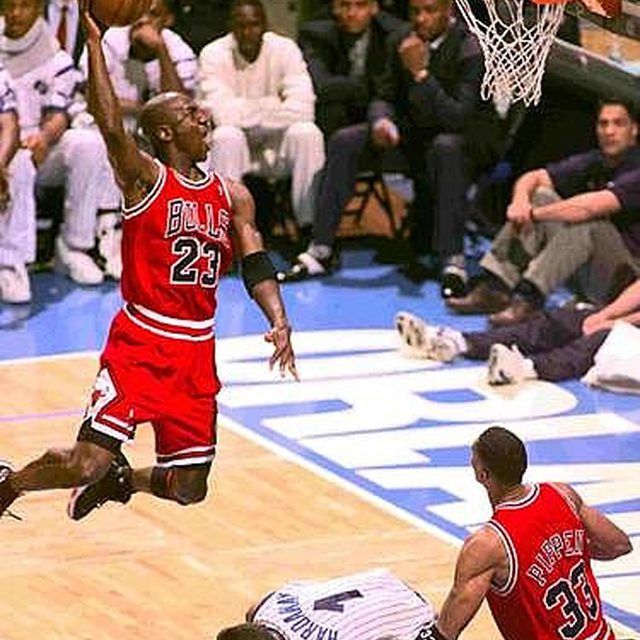
As with all training in the gym, progressive overload is key. Start off light and build your way up to higher intensities as you make your way through the training cycle.
And there you have it: 7 of the best explosive workout exercises and some tips on how to program them!
This list of exercises is, of course, far from exhaustive, as is our recommendation for programming. There are so many more strength and plyometric exercises (as well as training styles) out there that will help you increase your explosive power, but if you’re looking for a foundation, this a great place to start. If you’re looking for even more tips, make sure to check out our comprehensive overview on plyometric training.
Now go out there and get bouncy!
Basketball jump increase - Children and sports
Basketball Jump Boost
- Details
- Category: Basketball
- Views: 4168
jump boost9 important ingredients for an explosive jump.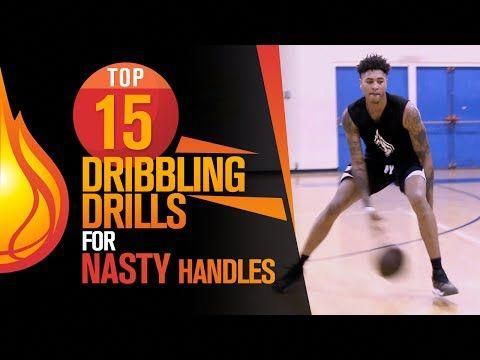
There are 9 aspects that affect your maximum vertical jump. Your jump improvement and basketball jump increase depends on improving each of these aspects. All these aspects are interconnected and a synergistic effect is obtained. For example, good flexibility allows muscles to contract fully and increase their range of
joint movement, so good flexibility increases strength. This means they work together for the same purpose to increase 's explosive power and 's vertical jump.
In many cases, your result will depend on the weakest link (aspect) that is poorly developed in you. When one of the aspects is not developed correctly or not developed at all, then it can have a negative impact on other components for your jump and, of course, to increase your jump in basketball . On the other hand, as each aspect improves, they will positively influence each of the other aspects, thereby improving 's explosive power, vertical jump, speed, and quickness.
Basketball jump increase We will go into more detail about the specifics in other chapters of this guide to increasing the jump. Understanding these principles is the first step to understanding the most effective training. 1.STRENGTH
Your ability to jump is directly related to your strength. First of all, we will develop fast muscle fibers, and we will also help slow muscle fibers to act faster. At the moment, there is no way to convert slow muscle fibers into fast ones. It all depends on mother nature. Strength also depends on the number of activated fibers working during muscle contraction. Jump increase In brief:
a) muscle fiber size and type (size can be changed, but type cannot)
b) the number of fibers that work and are activated during a single contraction.
c) firing of activated muscles during a given movement
e) retained elasticity used to accelerate and enhance muscle contraction.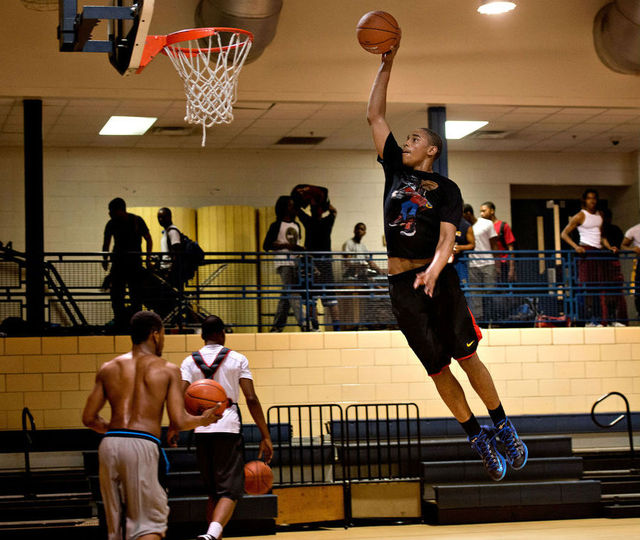
You may not understand everything, but later you will begin to understand and assimilate these things better. I try to describe everything as simply and clearly as possible. So be patient.
Each of these aspects will be thoroughly explored in this
manual.0013 basketball jump increase . We learn that you cannot change the type of fibers, but we can teach slow fibers to act like fast muscle fibers.
Pro e) This is an advanced type of workout that is misused in almost every manual, jump increase program, and manual I've seen. Surely you have heard of plyometrics . In the following chapters, you will understand the importance of this type of training and master the execution technique.
2. SPEED
jump increase You may be strong, but how fast can you create this strength? Speed is the amount of time it takes to launch and produce a certain amount of force. Speed and strength are very closely related. The amount of force you can generate multiplied by how fast you generate that force (quickness) will equal an explosive jump.
The amount of force you can generate multiplied by how fast you generate that force (quickness) will equal an explosive jump.
Formula: (QUICKNESS)(SPEED) X (STRENGTH)(STRENGTH) = EXPLOSION(EXPLOSION, EXPLOSIVE FORCE)
Some people have a lot of power, but they can't use it because they don't have enough speed, and other people are very fast, but don't have the power to jump explosively. We will improve both aspects.
Proper plyometric training is the most effective way to train muscles at high speeds for jump increase in basketball . Most of the tutorials I've seen were done wrong. I looked at a huge number of plyometric videos, but almost nowhere is the maximum benefit of this very effective technique demonstrated.
TOP 10 JUMP EXERCISES - maaario's blog
It is very important for a basketball player to have a high jump. Moreover, each player entering the court must have trained legs to perform explosive work.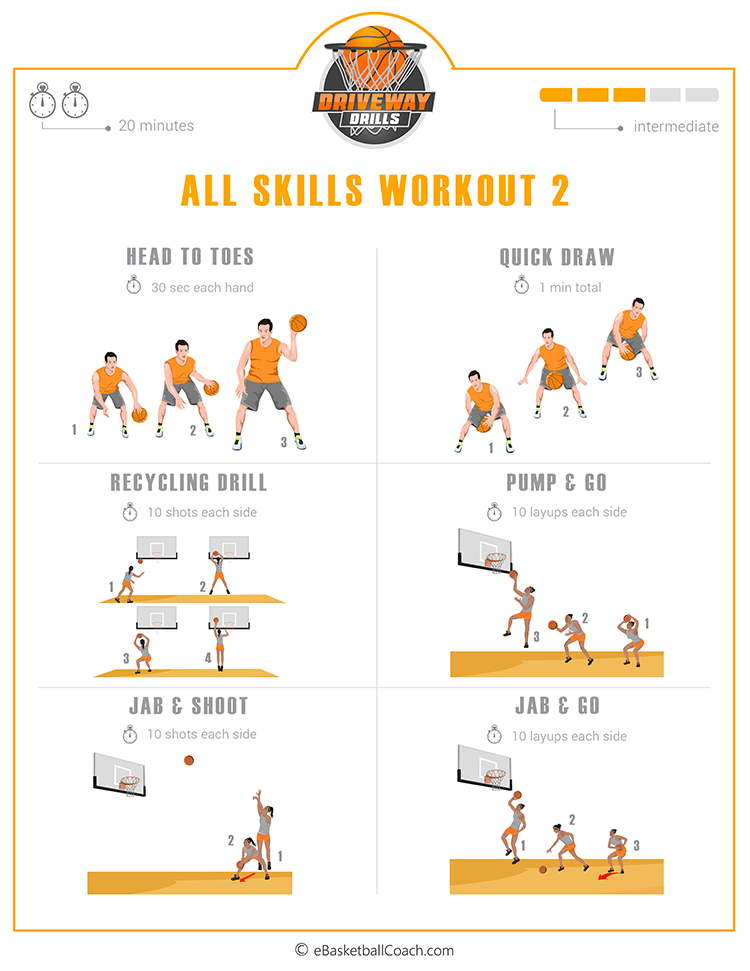 Today we will analyze the 10 most effective exercises to increase the jump.
Today we will analyze the 10 most effective exercises to increase the jump.
So, let's begin. First, let's look at strength exercises:
1. Barbell squat. Weighted squats develop all leg muscles, abdominals and lower back muscles. Thus, this is the only exercise that allows you to strengthen all the muscle groups necessary for high jumps. We recommend that you sit at least until your thighs are parallel to the floor. When doing a squat, make sure that the knees do not go ahead of the socks, because in this case there is a high probability of damaging the ligaments, and in basketball they always get a lot of stress anyway;
2. Squat with a barbell on a pedestal or bench. The exercise is similar to regular barbell squats. However, it has its own peculiarity. A cabinet or bench is designed to limit the amplitude of squats. This is necessary in order to already use explosive power. You should sit down in two counts. As soon as you touch the bounding surface with your hips, you abruptly get up to the starting position. Thus, you provide a slow stretch and a fast contraction of the thigh muscles. This exercise is performed with a lighter weight than a regular squat. Up to 70% of the maximum;
Thus, you provide a slow stretch and a fast contraction of the thigh muscles. This exercise is performed with a lighter weight than a regular squat. Up to 70% of the maximum;
3. Snatch. Great weightlifting exercise. Perfectly develops intermuscular coordination, which is very important in basketball. Plus, explosive strength is trained and most of the muscle groups involved in the jump are alternately involved in the work. Watch your back while doing this exercise. Start doing with small weights so as not to get injured right away;
4. Forward lunges with dumbbells. In this exercise, you will thoroughly work out all the muscles of the thigh and also use the back stabilizers. An excellent exercise for training the endurance of the thigh muscles. When performing, special attention should be paid to the position of the knee at the time of lowering. It should not protrude beyond the toe. Otherwise, there is a chance of overloading the knee joint;
5. Stepping onto the step with dumbbells. This exercise will allow us to train the pushing process. This point is very important if you want to make noticeable progress when training your jump. Unlike lunges, you can do this exercise with more weights. Don't rush when doing it. Remember that too intense movements will lead to premature fatigue. It is, after all, a strength exercise.
This exercise will allow us to train the pushing process. This point is very important if you want to make noticeable progress when training your jump. Unlike lunges, you can do this exercise with more weights. Don't rush when doing it. Remember that too intense movements will lead to premature fatigue. It is, after all, a strength exercise.
So, we have analyzed the exercises aimed at strength work and at strengthening and developing muscle fibers. All exercises must be performed in 4 sets, including 10-12 repetitions. However, the number of repetitions in squats on a bench or bench, lunges forward with dumbbells and stepping on a step with dumbbells, we periodically recommend increasing to 16-18. This will allow your fibers to work in a slightly different way, which will also have a beneficial effect on your jump.
Next, consider jumping exercises for developing explosive strength, coordination and footwork speed, which is very important when training to jump.
1.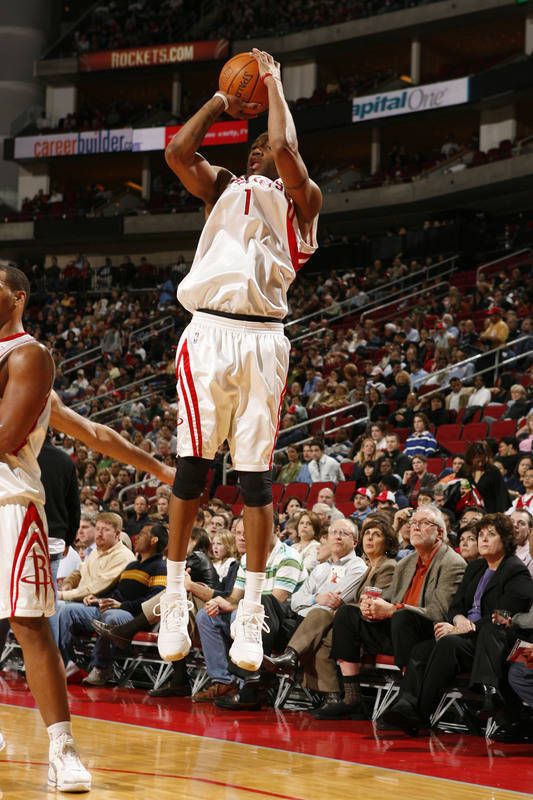 Working with barriers. Using practice hurdles is an excellent way to develop fast footwork, coordination, leg hop and power. Hurdles are used in many professional basketball clubs. There are several steps to increasing the difficulty of training with hurdles. The main ones include regulating the height of the barriers and increasing the intensity of the footwork. Do not rush to immediately start with high obstacles and high speeds. Increase the difficulty gradually;
Working with barriers. Using practice hurdles is an excellent way to develop fast footwork, coordination, leg hop and power. Hurdles are used in many professional basketball clubs. There are several steps to increasing the difficulty of training with hurdles. The main ones include regulating the height of the barriers and increasing the intensity of the footwork. Do not rush to immediately start with high obstacles and high speeds. Increase the difficulty gradually;
2. Running work. First of all, these are sprints with full gear at distances of different lengths and shuttle running. With such training, we will qualitatively work out a quick start, repulsion of the legs, and also prepare ourselves for the work at a ragged pace, which is necessary during the game. We recommend varying the length of the distance. Especially in the case of a shuttle run;
3. Jumping to the ring. The exercise is performed with two legs. In the starting position, the legs are shoulder-width apart.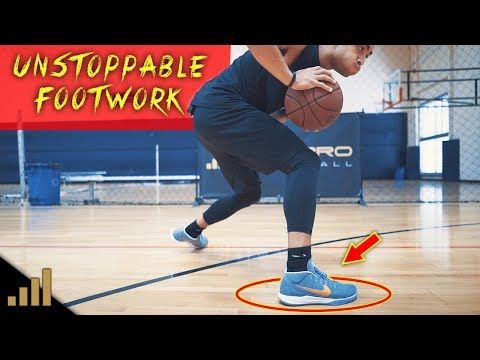 This exercise perfectly trains balance and simulates the work of the body during the game. We divide jumps into two types. These are low-intensity jumps that are designed to work on footwork, landing, take-off and peak jumping. As well as serial jumps. In basketball, a very important factor is serial jumping, that is, the ability of an athlete to make several jumps in a row with the same efficiency. In the fight under the ring, this can be a determining factor. Therefore, we must work out both options for jumps;
This exercise perfectly trains balance and simulates the work of the body during the game. We divide jumps into two types. These are low-intensity jumps that are designed to work on footwork, landing, take-off and peak jumping. As well as serial jumps. In basketball, a very important factor is serial jumping, that is, the ability of an athlete to make several jumps in a row with the same efficiency. In the fight under the ring, this can be a determining factor. Therefore, we must work out both options for jumps;
4. Jumping on the pedestal. This is a great exercise to practice your jumping skills and increase your jump height. When performing the exercise, do not narrow the distance between the legs, they should be shoulder-width apart. When landing on the bollard, try to transfer the load exclusively to the socks. In this exercise, it is important to use your hands. Thus, we involve in the process all the muscle groups involved in the jump when playing basketball. We vary the load by increasing the height of the pedestal;
5.